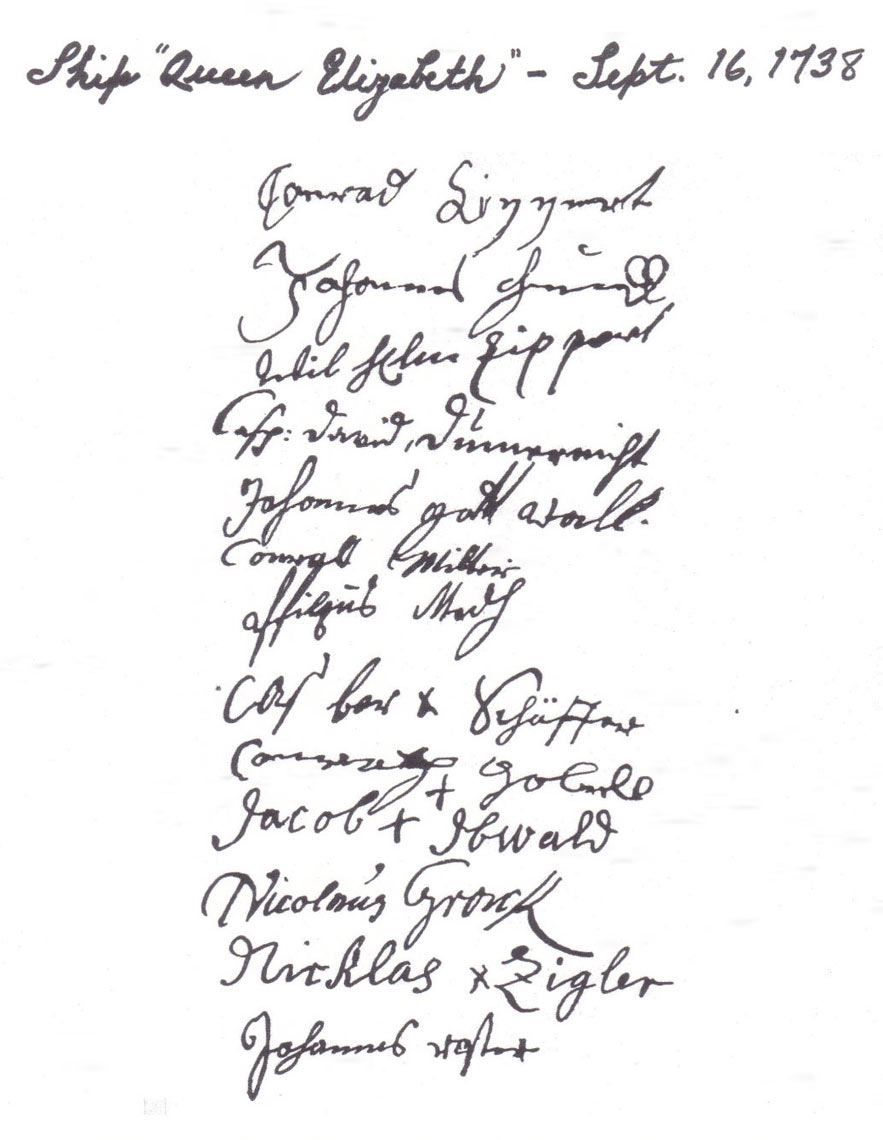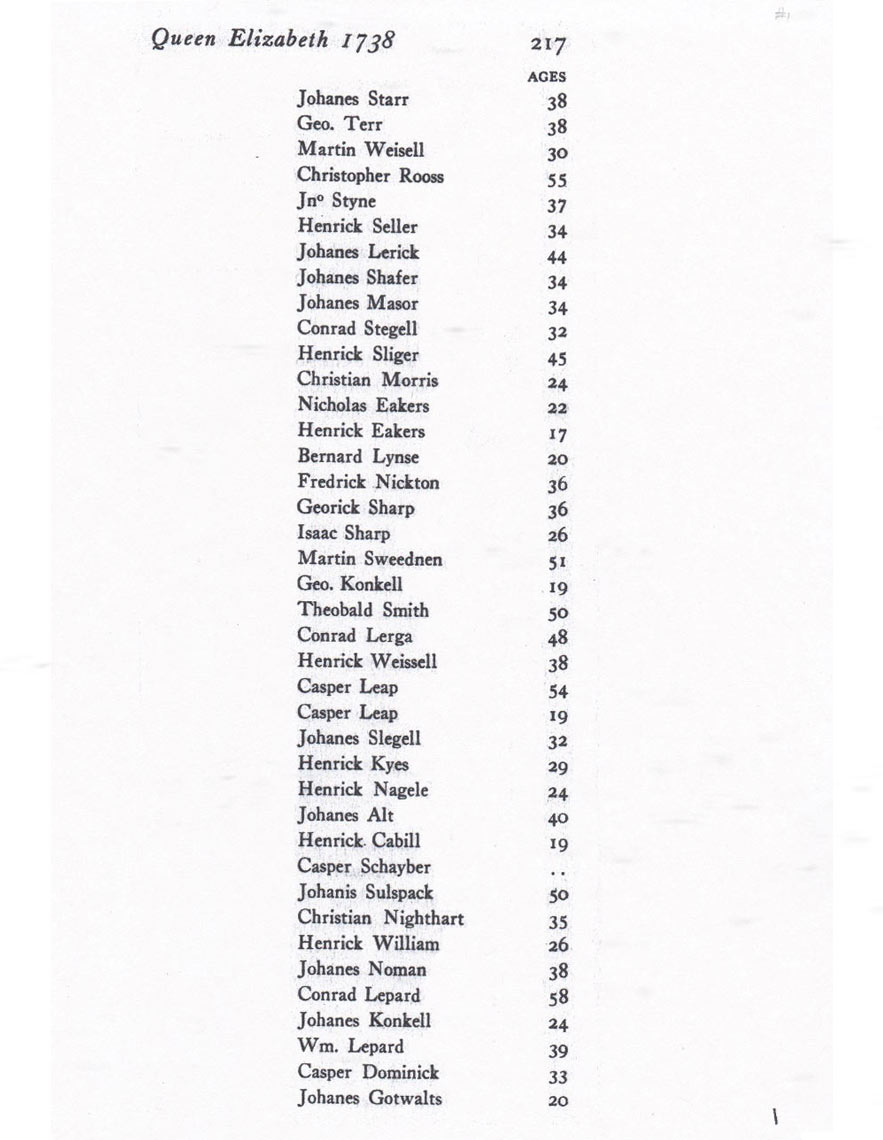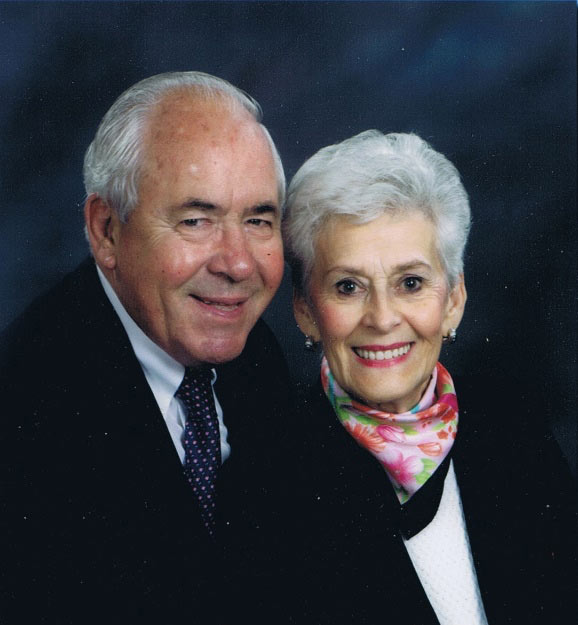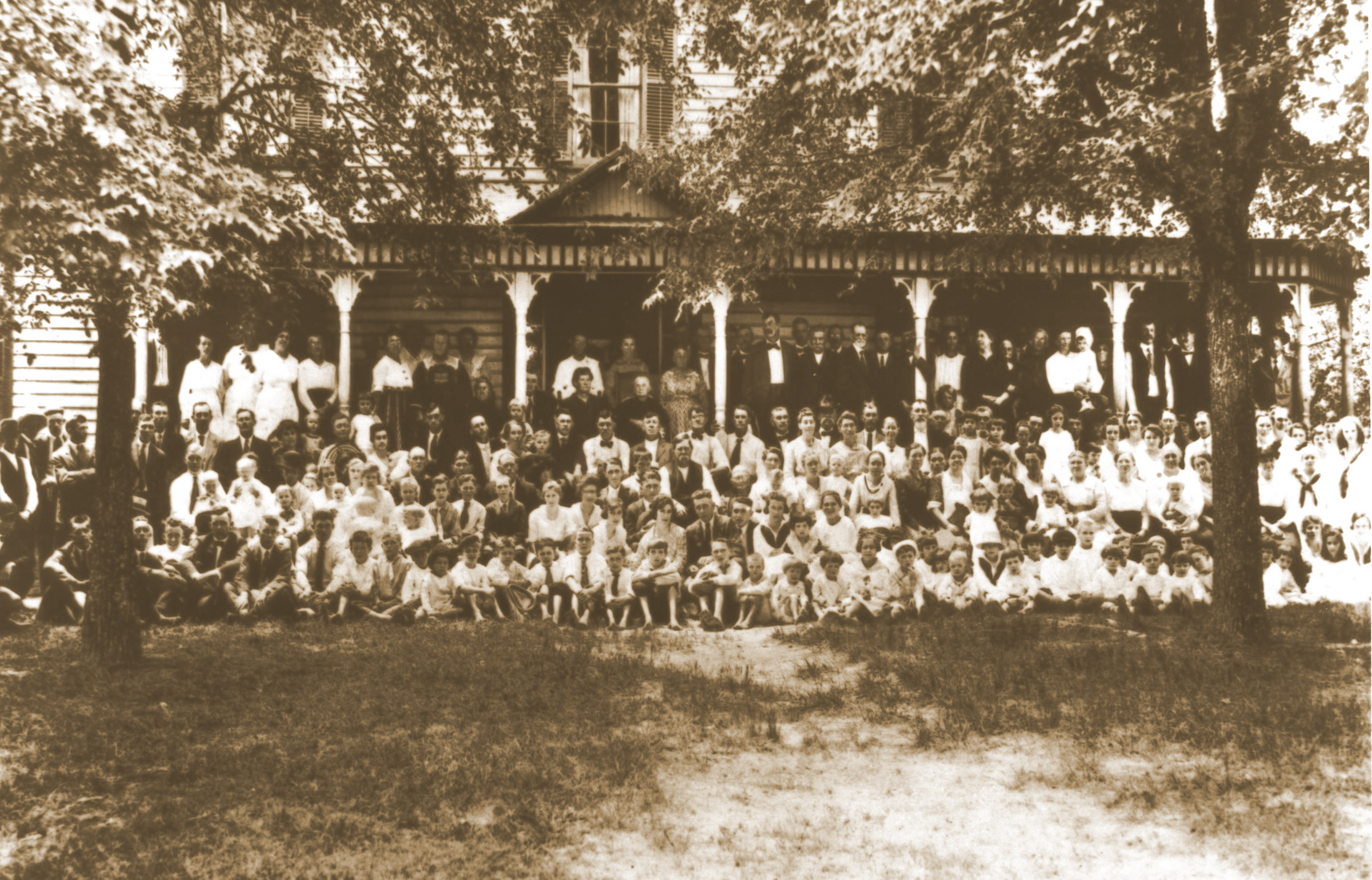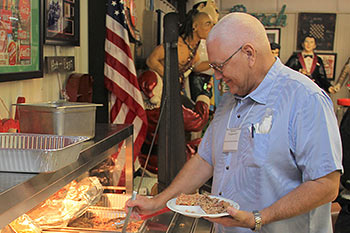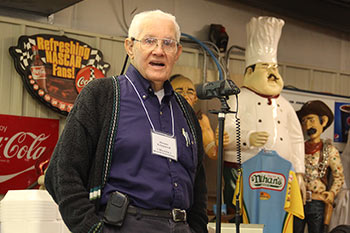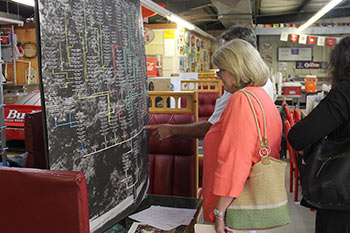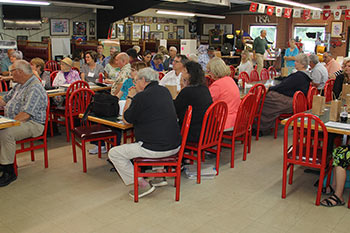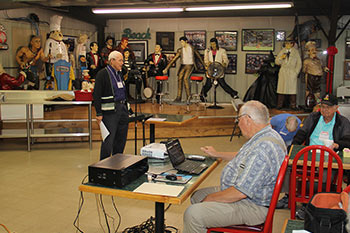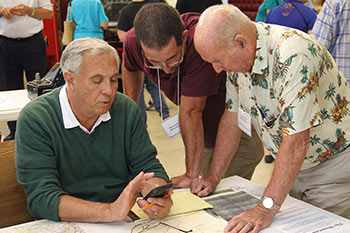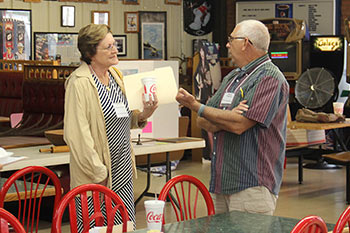PREFACE
Lots of folks collect all sorts of things. I, as my son Duane Schroeder has so often said, "collect dead and living relatives." Since the late 1970's, genealogy has been my primary hobby. There is an exciting challenge in playing the role of the sleuth, discovering as many family names and dates as far back as possible and then constructing a gigantic family jigsaw puzzle with all the pieces fitting together accurately. Of course the collection and proper ordering of names and dates of a family's members is the backbone of any genealogy, but, in my opinion, genealogy becomes truly fascinating when one reaches far beyond those basics into the facts of the present relatives' and the ancestors' lives and even beyond those facts to the historic worlds they lived in. Along the way, especially with Gary's knowledge, guidance, and shared sense of adventure, I have met an amazing variety of individuals and made many long-lasting friendships not only among close and new-found relatives but also among others on their own family's quest or people who are keepers of information.
MY JOURNEY RESEARCHING
BEFORE THE AGE OF COMPUTERS
When I began searching for our Lippard roots in the late 1960's and was fortunate to be living in the Washington, DC, area where I had access to the Library of Congress, the National Archives, the Daughters of the American Revolution Library, and the local Latter Day Saints Library. research was very different before the advent of computers. For instance, in researching the US census records at the Archives, one had delivered to one's desk the large, actual books the local census takers used. That was like having real history right in one's own hands as one could touch the actual names of the relatives one found. Although books provided secondary sources, it was a reward to immerse oneself in the primary historical sources.
As I said earlier, I at first concentrated on interviewing older members of the family, especially ones with old Bibles and the family data recorded therein. I sent out questionnaires to as many families for whom I could find addresses and received much information in that manner. I began to receive interesting information and inquiries from Lippards I did not know. With little Duane watching, we compiled photos and genealogy data.
My own additional approach was to work in both directions – to work backward in history from my grandmother Mary Lippard, especially with the assistance of her brother Hoyt Lippard, who owned the old family Bible, and from the other direction beginning with the earliest source I had learned of, the three volume series Pennsylvania German Pioneers by historians and genealogists Ralph Beaver Strassburger and William John Hinke concerning ships' logs and other immigration information about western Europeans, primarily Germans, sailing from Rotterdam to Philadelphia. In the index I was pleased to see listed two Lippard men – Conrad Lippardt, age 58, and Wilhelm Lippard, age 39. It is not significant that Conrad and Wilhelm spelled their surnames slightly differently. Spelling was not particularly standardized in that early period.
Two additional lists accompany the ship's log. One indicates that each Queen Elizabeth passenger gives up allegiance to his former ruler. The second requires that each passenger swear allegiance to the King of England because the American colonies, pre-Revolutionary War, still belonged to England. Conrad and Wilhelm signed both as required. From the second of these lists, we learn the ages of all the boys and men 16 years of age and older; the women and children normally are not listed.
After I discovered the "Queen Elizabeth" related information, Seth Lippard of Philadelphia, stepped in and asked what he could do to help. I suggested he explore early documents such as wills and deeds in the Philadelphia Court House where he found no deeds but a will and estate inventory of a Conrad Lippardt whose signature matched the one of the Conrad in the Queen Elizabeth's ship log.
Next I suggested that he search for German Reformed and Lutheran church records in surrounding areas, He was fortunate to find almost immediately our family in the records of Faulkner Swamp German Reformed congregation in then Montgomery (formerly Philadelphia) County, Pennsylvania. By the time of the first U.S. Census in 1790, I found Wilhelm and his family in Mecklenburg County, North Carolina, and expanded my search into surrounding North Carolina counties and counties of other states where relatives I had made contact with informed me that their ancestors had moved to thus tracing various branches of the family.
After Seth's wife Marge died, he met and married Josie.


